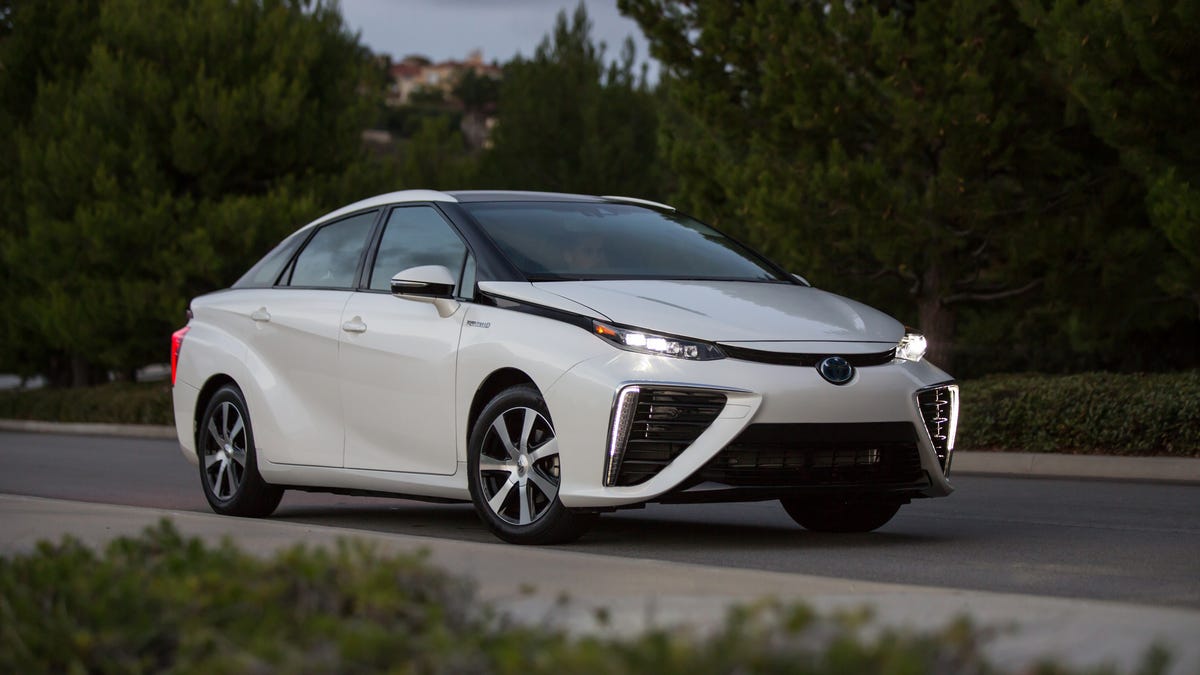Shell, Toyota add 7 more hydrogen refueling stations in California
The goal is to have 100 such stations around The Golden State by 2024.

California's hydrogen infrastructure is still in its infancy, but Shell and Toyota are working to ensure that, at some point, this baby will stand up and start walking.
Shell will build seven hydrogen fueling stations in a partnership with Toyota. The two will contribute $11.4 million for the job, and it hopes to secure another $16.4 million in grants from the California Energy Commission. The goal is to advance the state's goal of having 100 such stations in place by 2024. Right now, there are only 25.
Shell would probably be salty if Toyota staged a shot in front of any other kind of hydrogen station.
"Providing accessible, reliable and convenient refueling is key to mainstream adoption of fuel cell vehicles," said Craig Scott, senior manager of Toyota Motor North America's advanced vehicle tech division. "Shell's partnership will bring the expertise and resources of a major energy company to hydrogen infrastructure efforts in California."
While it might seem strange that an oil company like Shell is getting into hydrogen, it isn't. Shell is an energy company, and it has its hands in natural gas, which can be used to create hydrogen fuel rather efficiently. As demand shifts from gasoline to other fuels, Shell wants to make sure it's ready to keep the money-printing machines running at full clip.
Infrastructure remains one serious roadblock for the introduction of hydrogen fuel cell cars in the US. Right now, stations only appear in California and in small corridors on the east coast. Gasoline and compressed hydrogen gas are different fuels, so you can't just retrofit the pumps at your local Gas'N'Go. A whole system needs to be built from the underground on up.
Thankfully, Toyota only sold 1,034 Mirais in the US last year, so it's not like there are blocks-long lines to fill up in California. But Toyota is betting heavily on hydrogen, and it's only going to be able to recoup that bet if governments and private companies play ball. Toyota cannot reliably build an entire hydrogen infrastructure on its own.
In case you're late to the game, hydrogen fuel cells take compressed hydrogen and convert it to electricity. The only byproduct of the chemical reaction that creates the electricity is pure water, which is (theoretically) drinkable, although I don't know too many people willing to take a sip of what comes out of a tailpipe.

